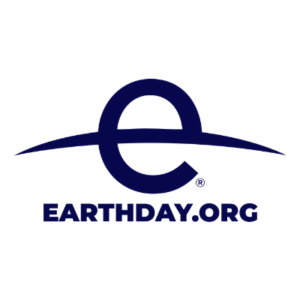Conservation and Biodiversity
Species habitat decline — What it means for us and what we must do
December 11, 2020
The natural world is shrinking, but what does that mean for us?
A study published last month by Cambridge University found that by the end of this century, climate change and food demand could shrink most bird, mammal and amphibian habitat ranges by almost 25%.
Maybe you’re thinking, ‘well that’s not great, but does it really matter?’. It does! We as individuals are completely dependent upon the natural world for a lot of things.
For example, habitats like mangroves can help reduce the effects of extreme weather events, like hurricanes, that threaten our saltwater coast communities. However, with habitats like this increasingly being destroyed, we’re losing important safeguards.
The study also showed that tropical environments are some of the most at risk, with rainforests being cleared to make way for palm oil plantations that will destabilize the soil and fragment the remaining parts of the forest. Rainforests are biodiversity hotspots and have high species richness, meaning they have large numbers of different species within a given area. The issue is, species habitat ranges within rainforests are smaller than those in Europe and North America, so deforesting these areas leads to an exponentially higher amount of habitat loss within the rainforest ecosystem compared to a grassland ecosystem.
Losing habitat in such a dramatic way also means losing individuals within a species. Entire populations will be negatively affected due to this destruction and can lose their role in the ecosystem. When these roles break down, the ecosystem becomes out of balance and even more loss of life occurs. This chain reaction, fueled by climate change and poor food management, means that we could lose rainforest ecosystems by 2100.
Losing these ecosystems also means that we lose the ecosystem services that they provide. This can range from the alteration of temperate and consistent microclimates to a loss in naturally found chemicals important to medical research. Currently, over 25% of active ingredients used in cancer-fighting drugs are derived from organisms that call the rainforest home. And moreover, the U.S. National Cancer Institute has listed more than 3,000 plants that actively fight cancer cells, with 70% found only in rainforests.
This doesn’t however go to say that we should protect our species and ecosystems for our own gain — we should protect our species and ecosystems because we can and have the time and tools to do so!
Time and time again, studies have shown that humans benefit from doing the right thing and protecting the natural world. It cleans our air, fortifies our coastlines, amplifies our fish stocks and provides endless amounts of beauty.
While the authors of the Cambridge University study leave us with an uncertain future, there is one thing we can be sure of: we can make the necessary changes to save these ecosystems and species, but we must be decisive and quick as we are running out of time.
Learn more about how to protect these critical species at EARTHDAY.ORG’s Conservation and Biodiversity campaign.
